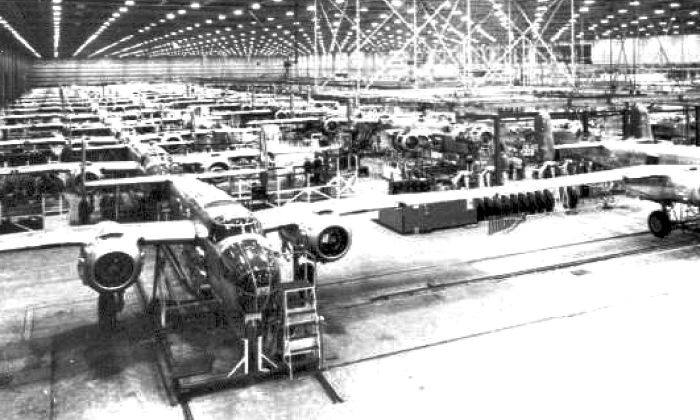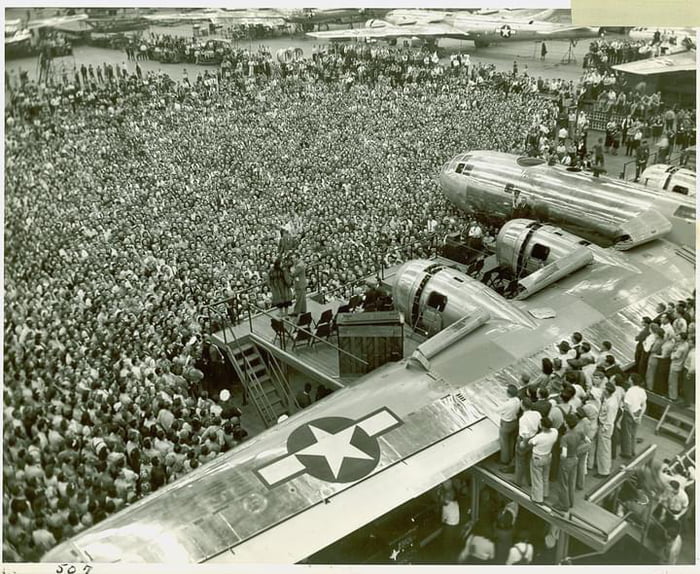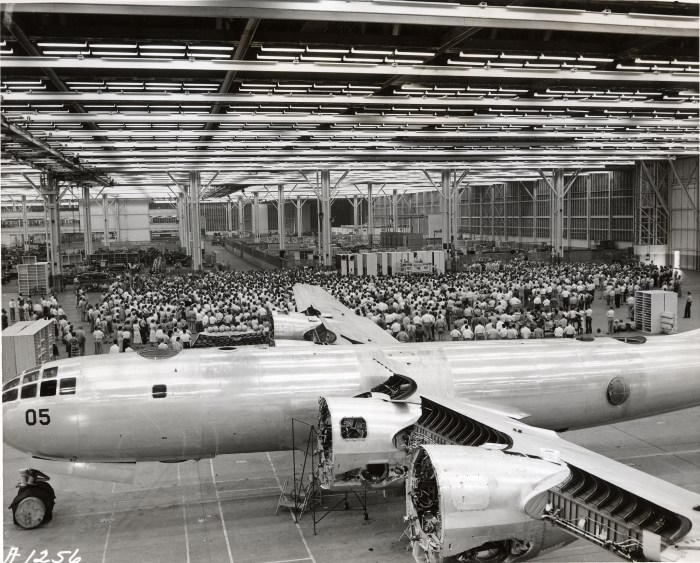What was the purpose of the bell bomber plant – The Bell Bomber Plant stands as a testament to the transformative power of human ingenuity and technological advancements. Its establishment during the mid-20th century marked a pivotal moment in the history of aviation, forever altering the landscape of aerial warfare and shaping the trajectory of the industry.
This comprehensive exploration delves into the purpose, operations, innovations, and lasting legacy of the Bell Bomber Plant, offering a captivating narrative that unravels its profound impact on the aviation industry and beyond.
The plant’s origins lie in the urgent need for mass production of aircraft during World War II. As the conflict intensified, the United States government recognized the critical importance of establishing a dedicated facility for the manufacture of bombers, aircraft essential for strategic bombing campaigns.
The Bell Bomber Plant, situated in Marietta, Georgia, emerged as the chosen site for this ambitious undertaking, poised to become a cornerstone of the nation’s war effort.
1. Purpose and Background

The Bell Bomber Plant was established in 1940 to meet the growing demand for military aircraft during World War II. Its primary purpose was to manufacture the Bell P-39 Airacobra, a fighter aircraft known for its distinctive tricycle landing gear and potent firepower.
Strategic Significance
The plant’s location in Buffalo, New York, was strategically chosen for its proximity to major transportation hubs and the Niagara Falls hydroelectric plant, which provided ample power for the energy-intensive manufacturing processes.
2. Operations and Production
Aircraft Manufacturing
The Bell Bomber Plant produced a variety of aircraft, including the P-39 Airacobra, the P-63 Kingcobra, and the B-25 Mitchell bomber. At its peak, the plant employed over 40,000 workers and produced over 6,000 aircraft.
Scale and Capacity
The plant’s massive production capacity was achieved through the implementation of innovative assembly line techniques. Workers specialized in specific tasks, allowing for efficient and rapid assembly.
3. Technological Innovations

Cutting-Edge Manufacturing
The Bell Bomber Plant pioneered the use of advanced manufacturing techniques, such as precision casting and welding, which significantly reduced production time and improved aircraft quality.
Engineering Breakthroughs
The plant’s engineers developed innovative designs, including the P-39’s tricycle landing gear, which provided superior stability and maneuverability.
4. Impact on Aviation Industry: What Was The Purpose Of The Bell Bomber Plant

Advancements in Aircraft Manufacturing
The Bell Bomber Plant’s innovations and production capabilities revolutionized aircraft manufacturing. Its techniques became industry standards, shaping the design and construction of aircraft for decades to come.
Aerial Warfare
The plant’s mass production of aircraft, particularly the P-39, played a pivotal role in Allied victory in World War II. The Airacobra’s performance and maneuverability made it a formidable weapon in air-to-air combat.
5. Legacy and Historical Significance

World War II and Cold War
The Bell Bomber Plant’s contribution to the Allied victory in World War II was immense. Its aircraft were instrumental in numerous battles, including the Battle of Midway and the Normandy invasion.
Local Community and Economy, What was the purpose of the bell bomber plant
The plant’s establishment brought significant economic benefits to the Buffalo area, creating thousands of jobs and boosting the local economy.
Quick FAQs
What was the primary purpose of the Bell Bomber Plant?
The Bell Bomber Plant was established to mass-produce bombers for the United States during World War II.
What types of aircraft were manufactured at the Bell Bomber Plant?
The plant primarily produced B-29 Superfortress bombers, known for their long range and heavy payload capacity.
What technological advancements were implemented at the Bell Bomber Plant?
The plant utilized cutting-edge techniques such as precision tooling, assembly line production, and advanced welding methods, significantly increasing production efficiency.